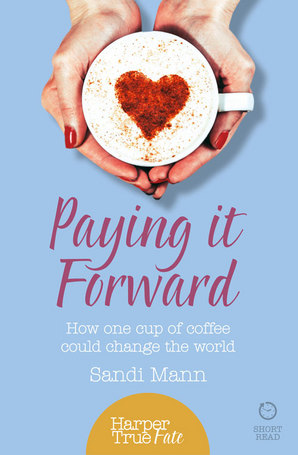Feelings of home amongst Tamil migrant workers in Singapore’s Little India by Wajihah Hamid
Abstract
Low-wage Tamil migrant workers have long been contributing to Singapore’s economy. Despite labouring there for three decades and being connected to the existing Tamil diasporic community in Singapore, they have been left out of both state rhetoric and society, often due to claims of transience. However, a fatal traffic accident in the locality of Singapore’s Little India in December 2013 involving a Tamil migrant worker that morphed into a riot has again brought the problems of these men and their presence within the vicinity of Little India to the fore. This paper is based on a wider ethnographic study of a group of Tamil migrant workers from the south Indian state of Tamil Nadu who were working in Singapore in 2012. The homely feelings experienced by the migrant workers highlight their feelings of homesickness vis-à-vis the need for a sense of belonging felt amongst transnational male migrant workers. On the other hand, practices that make the space unhomely for them not only illustrate their social position but will also lead to to the study of the governmentality of migration and control of migrant bodies.
Keywords: Tamil migrant workers, Singapore, Little India, transnational home, policing, governmentality


